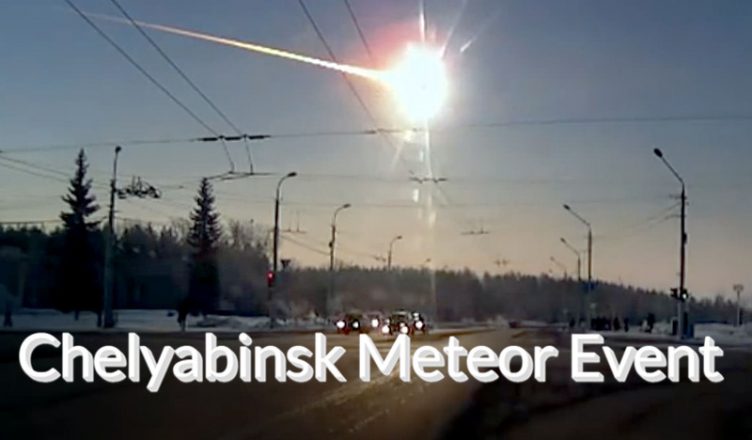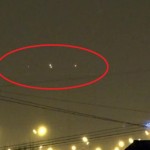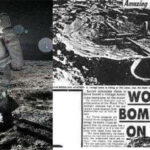On February 15, 2013, at approximately 12:30 PM, a mysterious “extraterrestrial rock” penetrated the airspace over the city of Chelyabinsk in Chelyabinsk Oblast, Russia, exploding and disintegrating at a distance of about 26 kilometers from the ground. This event triggered a breathtaking spectacle known as the “meteor shower.” The phenomenon quickly captured global attention, prompting reflections on the mysteries and unpredictability of the universe. While there have been official explanations for the cause of this explosion, numerous perplexing aspects of the event remain, including a mysterious video that reveals more enigmas surrounding the incident. Let’s delve deeper into this fascinating event.
The Chelyabinsk Meteor Shower and Its Unsolved Mysteries
On February 15, 2013, around noon, an “extraterrestrial rock” invaded the airspace over the city of Satka in Chelyabinsk Oblast, Russia, exploding and disintegrating at a distance of approximately 29 kilometers from the ground. This event led to a spectacular “meteor shower,” affecting the regions of Chelyabinsk Oblast, Kurgan Oblast, Sverdlovsk Oblast, and even Kazakhstan. The incident caused damage to over 7,000 households in Russia, left more than 1,500 people injured, and resulted in direct economic losses of 1 billion rubles.
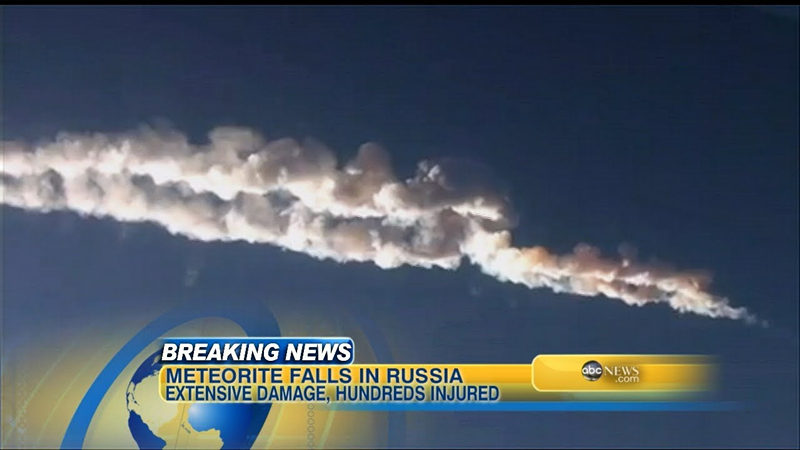
It is reported that the meteor had a diameter of about 18 meters, weighed around 9,000 tons, and had a speed exceeding 16 kilometers per second at the moment of explosion. After disintegration, most of its fragments did not strike the ground but turned into a rain of fire in mid-air. Calculations suggest that had the meteor not exploded in the atmosphere and instead hit the Earth’s surface, its impact would have been equivalent to the power of 500,000 tons of TNT, which is comparable to the power of 30 Hiroshima atomic bombs. Furthermore, Chelyabinsk Oblast is home to Russia’s largest nuclear power plant and a substantial nuclear waste storage and processing facility, containing dozens of tons of weapon-grade plutonium. If the meteor had struck the ground, the consequences would have been unimaginable, resulting in a catastrophic scenario.
Regarding the cause of the meteor’s mid-air explosion, official explanations indicate that as the meteor entered the Earth’s atmosphere, it attained an astonishing speed of 56 Mach, which compressed the air in front of it, leading to high-pressure and high-temperature conditions inside the meteor. Within the meteor’s iron and stone structure, greenish glass-like textures permeated the whole, and under the influence of high temperature and pressure, it underwent fragmentation, ultimately causing the explosion.
After the explosion, a relatively large fragment separated from the meteor, creating a hole approximately 6 meters in diameter on the surface of Lake Chebarkul. Both the Russian military and emergency services dispatched divers to search for remnants of the meteor, but they failed to find any traces.
Not long after the incident, an online video surfaced, captured by a dashboard camera. In this video, as the meteor streaked across the sky, a disk-like object suddenly appeared behind it, rapidly chasing the meteor. Upon contact, it shattered the meteor into pieces, and then the disk-like object calmly departed, without altering its course in the slightest.
Despite the official explanation for the meteor explosion, this event has given rise to numerous questions and discussions, which we will address below:
1. Why were there no meteor remnants in the meteor crater?
First, let’s introduce a few famous meteor craters: the massive Wilkes Land crater under the Antarctic ice sheet, hidden beneath 1.5 kilometers of ice, with a diameter of over 500 kilometers, providing strong evidence for the “Permian-Triassic mass extinction”; the renowned Chicxulub crater on Mexico’s Yucatan Peninsula, with a diameter of approximately 250 kilometers, bearing witness to the demise of the “dinosaur empire”; satellite imagery of the Sudbury Basin shows a 64-kilometer-long, 25-kilometer-wide, and 14-kilometer-deep meteor crater, believed to be a remnant from the Archean Eon 1.85 billion years ago. These meteor craters all share a common characteristic – they do not contain meteor remnants. What is the reason for this?
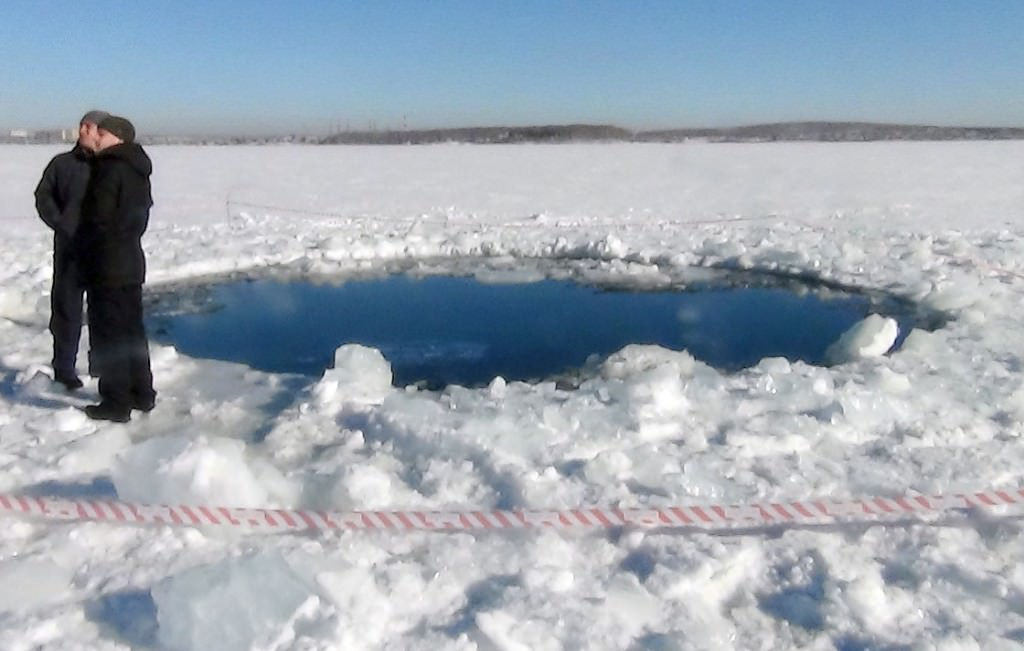
It turns out that as meteors enter the Earth’s atmosphere, they generate heat due to friction with the air. Once their velocity reaches approximately 15 kilometers per second, they produce temperatures of around 10,000 degrees Celsius, causing most smaller meteors to burn up before reaching the ground. Even larger meteors, while they may survive the initial entry, face a grim fate. Rough calculations indicate that if a meteor had a diameter of 20 kilometers and was hurtling towards the Earth at a speed of 10 kilometers per second, the impact would last less than one-thousandth of a second, generating over 500 million times atmospheric pressure at the point of contact. This would lead to the vaporization of silicate components within the meteor and the liquefaction of metal components, scattering them in all directions, effectively erasing any visible traces. The inability to find meteor remnants at Lake Chebarkul likely stems from a similar process.
2. Did the military intercept the “extraterrestrial guest”?
Following the incident, many internet users questioned whether the military had intercepted the meteor. The Russian military promptly responded, stating that the asteroid reached a staggering speed of approximately 45 Mach, or 45 times the speed of sound, when it was at a height of 26 kilometers above the ground. This speed far exceeded the limits of existing human missile flight speeds. Even the hypersonic weapons currently being developed by the United States, Russia, and China are limited to no more than 6 to 10 times the speed of sound. The disparity is simply too great, and they would be powerless in this scenario. Therefore, the notion of military interception is not even worth considering. Analyzing the footage that was made public, the disc-shaped object does not conform to the aerodynamic layout of current human missiles. Furthermore, its flight path contradicts the “bottom-up” interception trajectory typical of missiles.
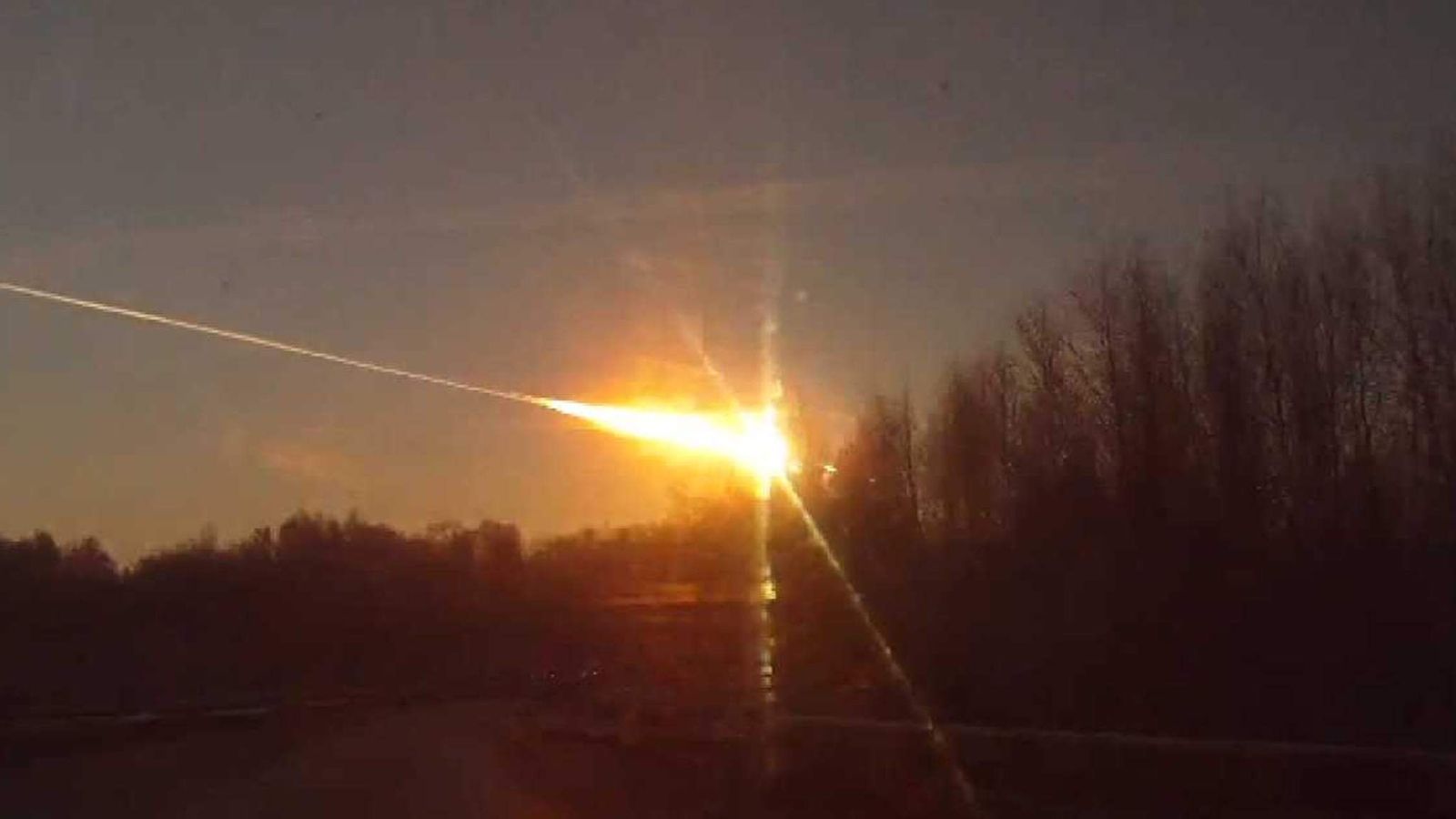
3. Could it be a new U.S. weapon invading Russian airspace?
On the 15th, Vladimir Zhirinovsky, the leader of the Liberal Democratic Party of Russia, revealed to the media that there was no meteor shower at all; it was actually the Americans experimenting with a new weapon. Zhirinovsky stated, “U.S. Secretary of State wanted to remind us on Monday and even reached out to Foreign Minister Lavrov, but Lavrov was away on a business trip that day. Kerry just wanted to warn Russia!” In response to this absurd statement, the Russian government didn’t even bother to provide a response. Anyone with a basic understanding of military matters can easily discern the truth from fiction. In reality, this is nothing more than political maneuvering by the opposition, with malicious intentions. Therefore, the idea of American space weapons invading is purely baseless.
4. Did a UFO intercept the meteor, and could it be extraterrestrials protecting Earth?
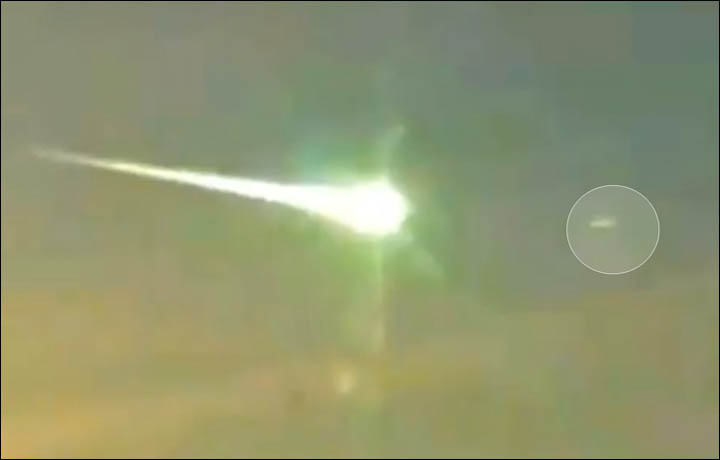
There are various versions of the “extraterrestrial protection” theory, including the idea that there is a “crystal sky” on the outer edge of the solar system protecting it from extraterrestrial invaders, that the moon was deliberately placed there by aliens to shield Earth from asteroid impacts, and that there’s a telescope beyond the solar system projecting a virtual image of distant stars, suggesting that humanity is growing in a “petri dish” and that Earth’s technology has been concealed. Only a select few underground individuals know the truth and are shaping the direction of Earth’s society. When faced with asteroid attacks, they decisively intervene. Such theories are abundant, both shocking and thought-provoking.
END:
In conclusion, the Chelyabinsk Meteor event of February 15, 2013, remains an enigmatic and captivating episode in history. While official explanations have shed light on the cause of the meteor explosion, numerous questions and speculations continue to swirl around this extraordinary incident. The absence of meteor remnants in the crater, claims of U.S. weapons testing, and even the extraterrestrial protection theories have all added layers of intrigue and debate to the story.
As we look to the future, it is essential to maintain a scientific approach and keep investigating these mysteries. The Chelyabinsk Meteor event serves as a reminder of the unpredictability and vastness of the cosmos. It underscores the need for global cooperation in monitoring and addressing potential cosmic threats. Advances in technology and astronomical observations offer the promise of early detection and mitigation strategies for future celestial events that may pose risks to our planet. The Chelyabinsk Meteor event, while a spectacle in itself, also serves as a catalyst for ongoing efforts to understand and safeguard our world in the face of celestial uncertainties. As we continue to explore the universe and delve into its mysteries, we remain vigilant and prepared to protect our home planet from potential cosmic surprises.
More UFOs and mysterious files, please check out our YouTube channel: MysFiles
Chelyabinsk meteor event: Did the UFO crush this huge meteor?
